Northeast of the power-stepping guards at the Wagah crossing (see previous post, MOAR IV) there is a telling scene about what borders born of duress can inflict on a populace. Punjab is the cradle of Sikh faith, home to the great majority of its faithful who now live in India. On a clear day, from the crest of some frontier bluffs, you can find numbers of these faithful all gazing northward through binoculars. They are trained upon a monument in the middle distance, a white temple said to be the burial site of the founder of their faith, Guru Nanak. It lies three kilometers inside Pakistan. Beyond their reach. (War on this very border erupted only six weeks after my passing.) Over the decades, the frontier has been so fraught that this is as near as the pilgrim faithful are allowed. They call it ‘darshan’, from Sanskrit meaning ‘vision’ or ‘sight’: the inspiration pilgrims desire in their encounter with the sacred. The scene is an apt modern version of the story of the epic lawgiver, Moses, who climbs a wilderness mountain, and gazing westward, glimpses the Promised Land, a realm he will never enter.
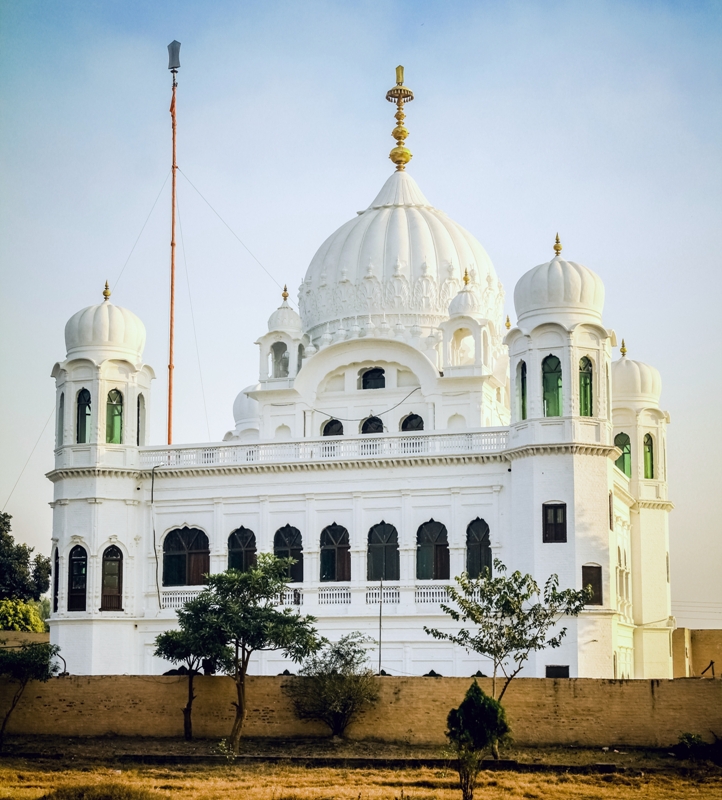
Southwest of that memorial temple lies Lahore, where my fellow travelers are gathering. At my arrival, intensive planning is already underway. A central logistical problem has emerged. The Terry family had months ago ordered a 1500 VW (‘Variant’ station wagon) from Wolfsburg, Germany. But since then, three additional people had been added to the passenger manifest. How would they be included in a five-passenger sedan?
No such problem was beyond the ingenuity of George, the Terry paterfamilias. He had already produced a pencil sketch envisioning an enclosed roof-top carrier to accommodate three travelers. A nearby garage served as magician’s grotto, with welder’s torch for wand, and metal tubing and sheeting for materiel. Kitted out with a full-length foam mattress this safari style platform promised a superb vantage point to scan the passing scene. Add a hitch with a small trailer and we would be fully qualified as a bona fide, if not entirely legal, caravan.
Then came notice that a freighter delivering our VW was approaching Karachi; we should prepare to take delivery of Germany’s offering for the Silk Road. Three of us boarded a night train to the coast, eager to take the wheel and measure ourselves against the Hindu Kush. But vagaries in ocean transport and in the most blithe-looking customs offices left us spinning our Vespa wheels on the boulevards, back alleys and beaches of this massive Asian city. But it was at the National Museum of Pakistan that we came face-to-gobsmacked-face with artifacts of the ancient Indus Valley cities: the sculptures, the seals, the exquisite figurines, the still mysterious script, the uniform fired brick, the designed cities, the water works. And their staggering antiquity reaching back beyond 2500 BCE. It had the quality of ‘darshan’.
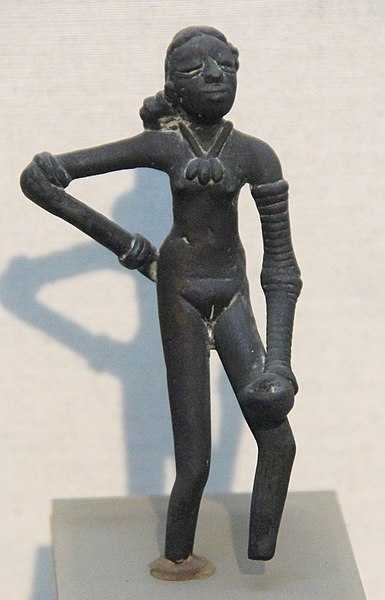
By comparison, a slick number from a factory in Germany seemed like a trifle. Which did finally arrive in its scarlet glory. With its ‘Zed plates*’ and a briny coat of sea salt. As we wandered back up the valley, though, we would think of the ancients whose story and secrets were buried in the silt, hidden cities which for centuries bestrode this mythic valley with wealth, style, power and pride.
*German registration plates for export vehicles only
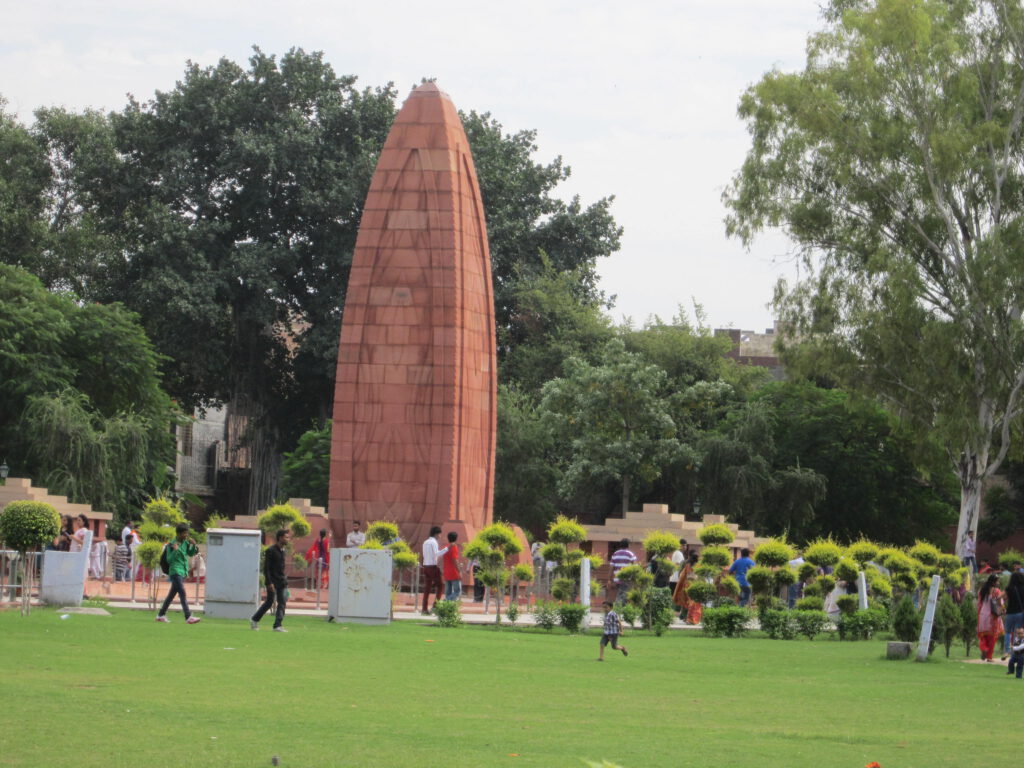
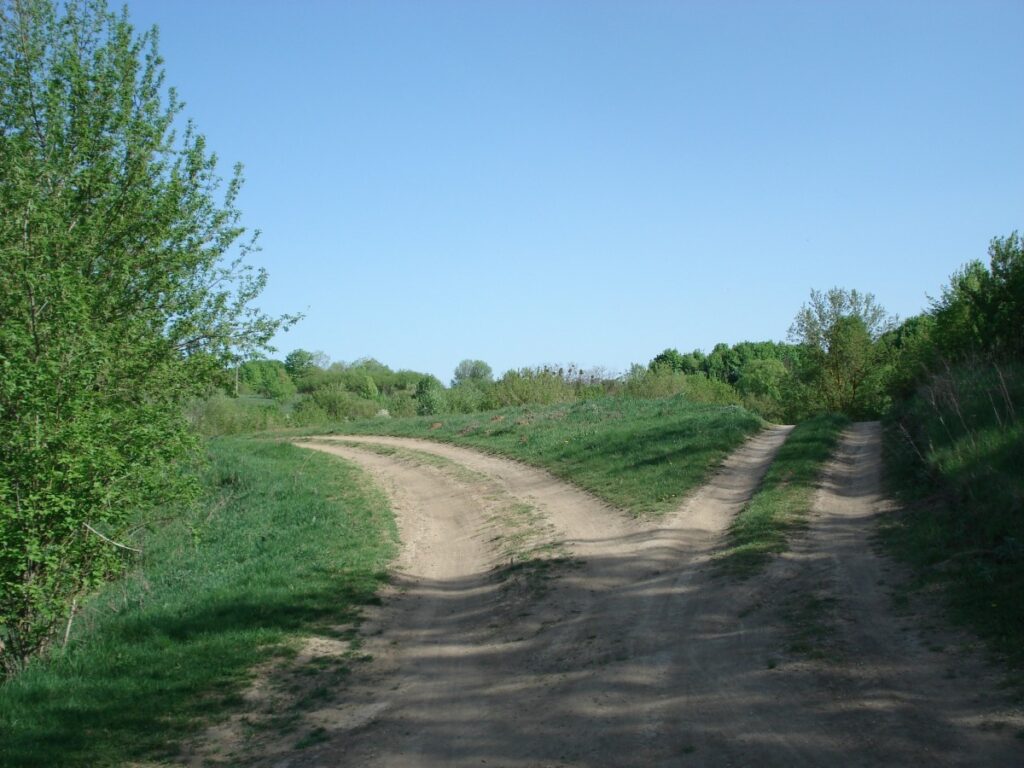
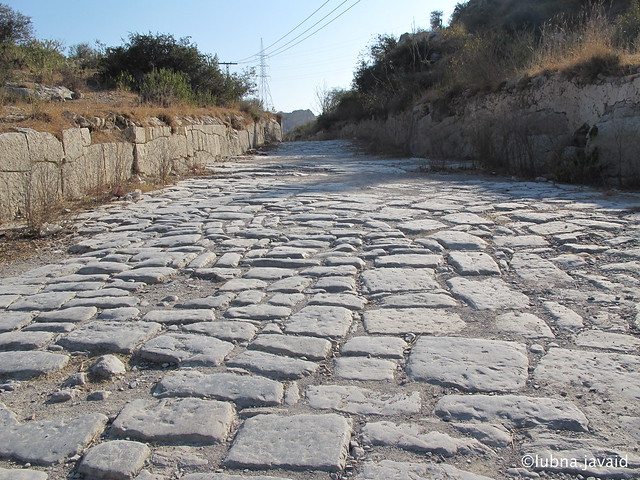
Very well done, again. You create a vision I can recall from my sub-continental experiences. Thank you.
Oh the places you have seen, the roads you have traveled. The stuff of dreams and written as the best prose. Keep the nuggets coming, Jonathan.
Hello, Melodie! Lovely to find your note. In truth, when ‘summoning up remembrance’ of these people, places and the roads that link them together, they do take on a kind of dream-like quality for me, as though they have been translated, elevated – some accounts even speak of such things being ‘transfigured’ – in the imagination. One might even compare them (such audacity!) to stained glass in a gauzy cathedral interior somewhere – with brilliant sunlight streaming through. Thanks for staying in touch!
Great article about Punjab & the faithful in that area! Never been in India but always ready to read & learn about why the conflicts take place! Dan Johnson in Cambridge, MN. Over 50 of our classmates were at our 50th class reunion at the. “University.” Blessings to you!
Hello, Dan! Good of you to stop by for a read! Would have greatly enjoyed reconnecting with classmates who I often wonder about. Some who were apt writers, as I recall. Should you ever visit the Punjab, you will certainly visit Amritsar and the Golden Temple, heart of Sikh devotion.
The Indus and its tributaries that make the Punjab productive have fascinating headwaters leading back to Mt. Kailash which is sacred to four faiths: Jains, Buddhists, Hindus and the Bon faithful of Tibet. Kailash figures prominently (along with Fuji, Sinai, etc.) in the atlas of sacred geography and draws streams of pilgrims who circumambulate the mountain. Very best in your travels, Dan! JPL